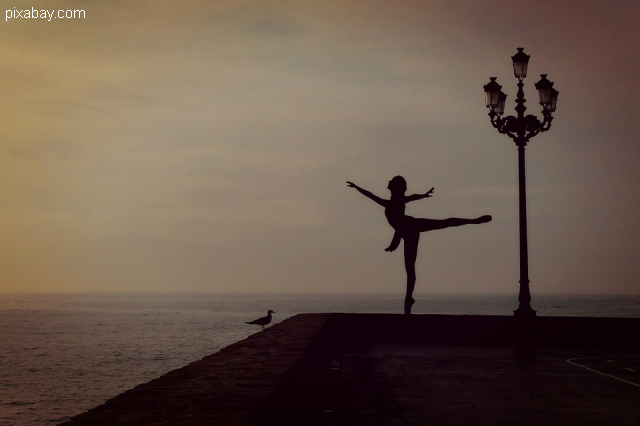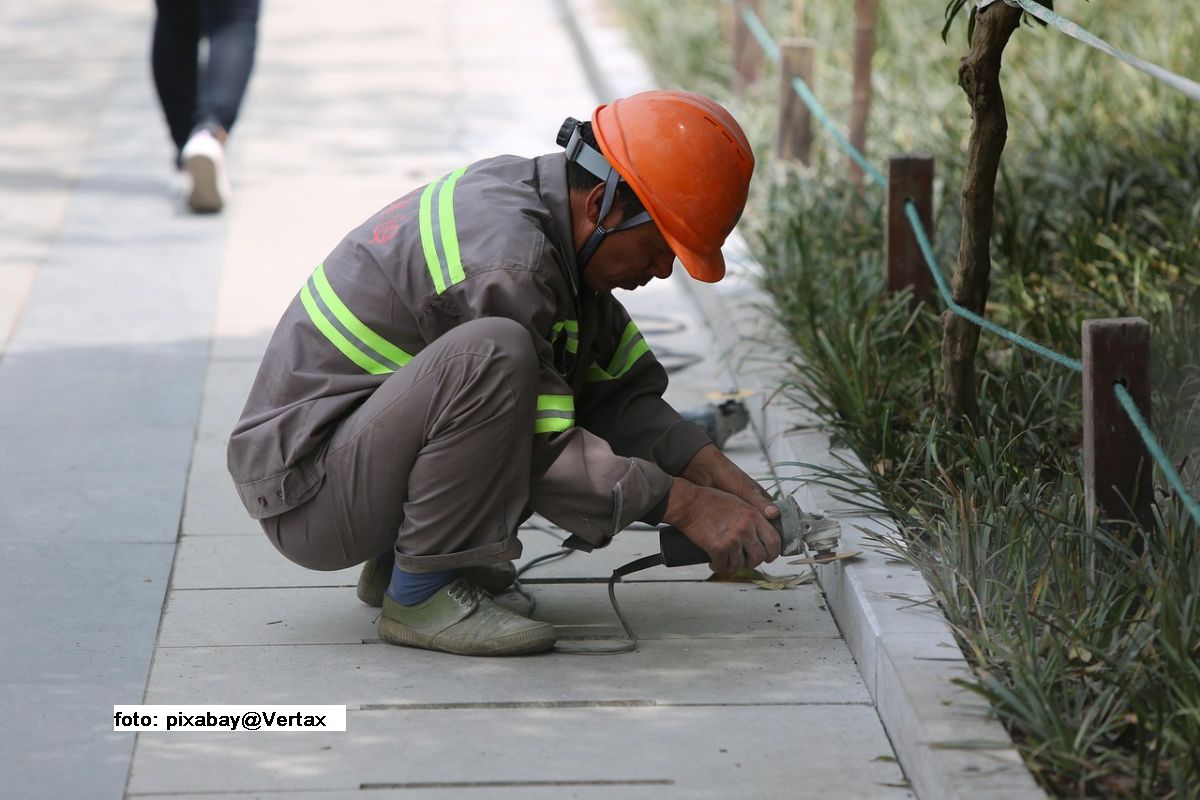Feminism and female artists in Romanian contemporary art
Many voices have been heard lately speaking of the little attention paid to female artists in Romania. So
Warning: Trying to access array offset on null in /home/web/rri.ro/public/wp-content/themes/rri/template-parts/content.php on line 53

Warning: Trying to access array offset on null in /home/web/rri.ro/public/wp-content/themes/rri/template-parts/content.php on line 98
Luana Pleşea,
28.11.2018, 12:28
Many voices have been heard lately speaking of the little attention paid to female artists in Romania. So feminism has become more visible. Starting from a debate titled “Histories and narrations. About Romanian feminism”, which gathered representatives of Romanian architecture, visual arts and contemporary arts, today well be talking about feminism and female artists. The debate was organised by the Association 4Culture, in cooperation with the Bucharest branch of the Order of Romanian Architects, which hosted the meeting. Andreea Capitanescu, a modern dance choreographer and cultural manager, and also the artistic director of the association, told us about female performers in Romania:
“I believe that, generally speaking, at least with regard to contemporary dance, male choreographers have always been more visible, although the number of women graduating from choreography schools has been much higher. One of the reasons is that decision makers in this field, both in theatres and in major institutions or for major events are predominantly men. Its true that on the other hand, its more difficult to have your voice heard as a female artist. There are many sensibilities here, egos, and the feminine space is not always prepared to get into such a fight. A male presence is often quite intimidating, and rather aggressive. Especially in dance, we work a lot with the body, so the relationship between artists is physical.”
Valentina Iancu is a visual arts specialist who works in the field of cultural journalism. She is also a declared feminist. She sees the concept of feminism as closely connected to its initial sense, that of “a movement saying that women should be having the same right as men”. However, there are certain nuances to it and approaches differ depending on principles and ideologies:
“In Romania, there is a dominant neo-liberal feminism, that is a feminism that American researchers define as white feminism, which deals especially with the problems of the majority of women and tends to ignore the fact that there are also other types of experiences. On the art scene, this type of academic feminism mirrors in the creations and actions of most female artists in Romania. What I find very interesting is that these young women have recently succeeded in forming a more radical group and publish a magazine that will first appear on December 1st. The magazine entitled CUTRA will try to bring to Romania, for the first time, the principles of intersectional feminism, that is the principle of feminism that acknowledges the fact that a woman has various problems, depending on the ethnic and sexual group she belongs to, and defines her identity in keeping with various other criteria, not only with gender.”
As for the situation of women in the visual arts, the situation is similar to that of women in other fields, such as theatre directing. There are many students in the arts faculties, but after graduation it is very difficult for them to start a career as, according to Valentina Iancu, there is always the suspicion that they will eventually give up their career to start a family:
“We have the impression that there are many female artists but in fact we cannot see them in the structures where there is money and power. We see them at the periphery, striving to survive on this stage. In the case of the established generations of artists this problem is even more acute, as there are men that reached the peak of their career at 60 or 70 and women the same age who began their careers at the same time, have worked equally hard and equally often but they do not enjoy the same recognition.”
Attending the debate “Histories and narrations. On feminism in Romania”, Raluca Visinescu studied in Germany and Romania and has been, for a long time, a highly appreciated architect. This is her view on the situation of women in the field of architecture:
“Their presence is decreasing a lot after graduation, in particular when it comes to built architecture and construction sites. There are valuable and numerous female architects in the academic world, in the theoretical world and also within organisations, which is also very important. For instance, De-a Arhitectura is doing a great job and is made up of mostly women. Their job is very important. After all, architecture is not just about building. It has an equally important theoretical side, a practical side and a managerial side.”
In Raluca Visinescus opinion, feminist approaches are scarce in the field of architecture. For this reason there is no general conclusion. Nevertheless, according to Andreea Capitanescu, a cultural manager and contemporary dance expert, “we are not a society open to such talks and debates. Generally, men in the cultural field smile when they hear about events dedicated to such topics as feminism. They still see it, unfortunately, as slightly frivolous topics.”






























